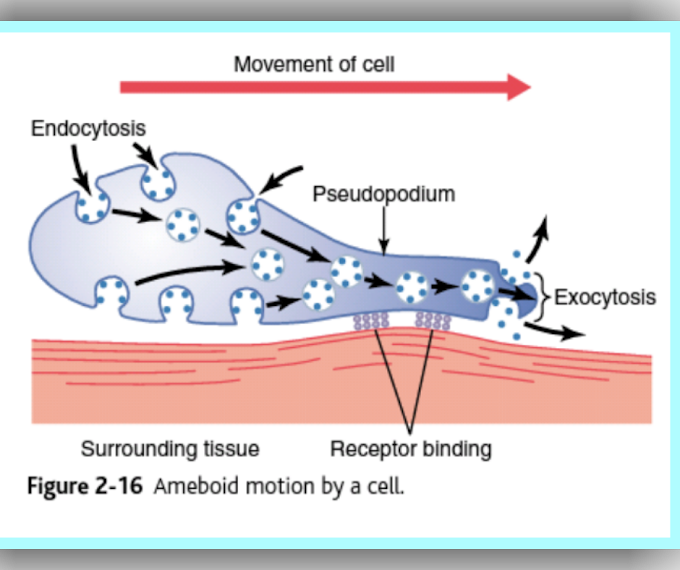The role of temperature in the development of reptiles
In the reptile, the male attracts a female in different ways. In the lizards, some males shake their heads and some males show bright, colorful patches on their necks. Snakes mainly bite each other, causing each other to bite. Or a male twists his body around the female, creating a wave in his body from bottom to top due to contraction.
After attracting a female, the male releases his sperm through cloaca during mating. After mating, the sperm is stored in the seminal recepticle of the reproductive tract of the female. Some turtles are about 4 years old and some snakes. These sperms are stored for 6 years.
In mammals, most mating takes place in the fall because they accumulate in the hibernacula. After mating, they go to the sperm store, and fertilization and development take place again in the spring, when the temperature is favorable.
After that, they release the refractory eggs and leave them. Almost all the turtles bury their eggs and some of them bury their eggs under the burrows and rocks.
About 100 species of reptiles have some kind of parental care. An excellent example of this is the American alligator whose scientific name is alligator mississippiensis. They empty the middle part of the mound and lay their eggs there and then hide their eggs from the top.
The temperature inside the nest determines the sex of the baby born. If the temperature is 5.31 degrees Celsius or lower, the baby born will be female. If the temperature is 5.32 degrees Celsius and 33 degrees Celsius. If the temperature is in the middle of Celsius, the baby will be male, but if the temperature is around 32C, the chances of both a male and a female being born are the same.






0 Comments